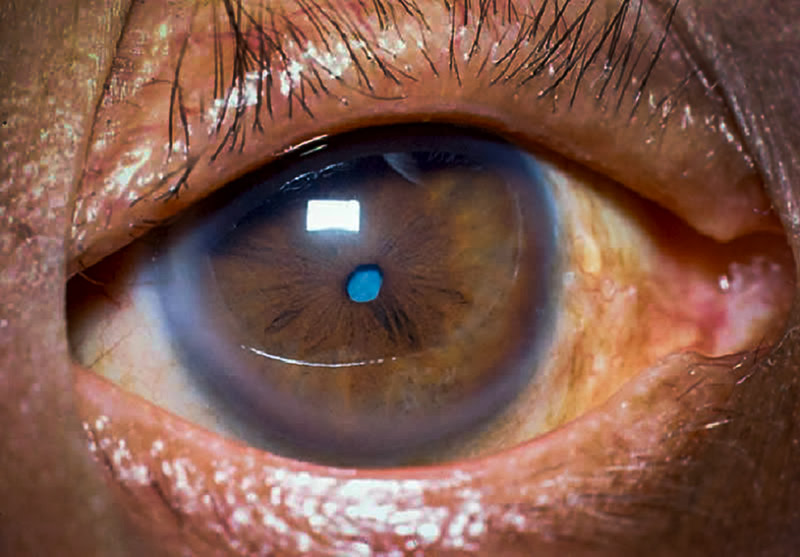

Treatment depends on identifying and addressing the underlying problem. Neuroimaging with MRI (occasionally CT) depending on the person’s history and what is found on neuro-ophthalmic and neurologic examinations. Taking a careful history of symptoms, noting when they started and what other problems may be present.Ĭhecking the ability of each pupil to constrict in the presence of bright light and to dilate in the darkness. If the problem is new, the doctor will then focus on which pupil is responding differently. Eye protection with safety glasses, goggles, face shields and avoidance of dangerous situations can help prevent work. battery acid, lye drain cleaner, etc.) can cause vision threatening eye injuries. When a doctor sees a patient for uneven pupil size, the first concern is to determine whether the unevenness is new or long-standing. Physical/chemical: Major eye injuries are caused by blunt and sharp trauma, with or without globe penetration/ rupture. Reaction to certain topical dilating medications (such as a pet’s eye drops, or anti-nausea or motion sickness patches such as scopolamine) that may accidentally get into one eye. such as cataract surgery or lens implants, and this should. This may be due to a brain aneurysm, and should be urgently evaluated in the emergency room. the pupillary response may still remain, particularly as it. On the other hand, a person whose pupils are uneven when they were normal before may be experiencing a serious problem such as:Ī torn or blocked blood vessel in the neck (usually the result of head or neck trauma), which could cause a mildly droopy eyelid on the side of the smaller pupil.Ī third nerve palsy can result in the inability to move the affected eye normally, in addition to eyelid drooping (which is often significant) on the side of the larger pupil.

In these cases, there are no other symptoms and both of the person’s pupils react to changes in light. This is called “physiologic anisocoria” and is normal. For new uneven pupil size that is related to new double vision, eyelid droopiness or head, neck or eye pain, it is best to be evaluated in the emergency room. Slight differences between the two pupils may be present in up to 20 percent of people. This is to rule out eye conditions such as acute angle closure glaucoma or inflammation of the front part of the eye (uveitis or iritis). More often than not, it is pointed out to the person by someone close to them.Īn ophthalmologist should be seen to rule out ocular causes of eye pain and pupil asymmetry, especially when vision loss or changes, redness or discharge from the eye(s) is present.
#Unequal pupil size after cataract surgery professional#
Uneven pupil size may be noticed by the person or by a health professional during an examination.


 0 kommentar(er)
0 kommentar(er)
